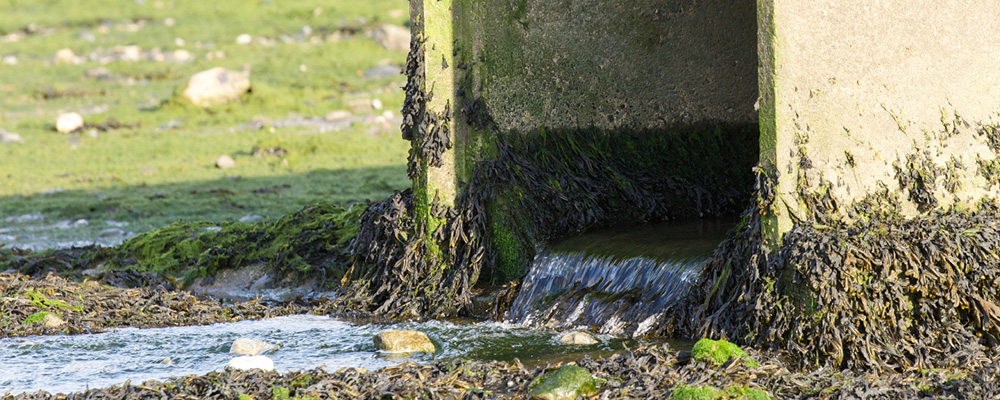Combined Sewer Level (CSO) Monitoring and Analytics
Our CSO Monitoring solutions combines MAP Rain and machine learning to compare the historic performance of assets with historic rainfall. We then use this analytis to deliver actionable insights that predict the operation of the CSO, or other similar geometries in MAP, to current and forecast rainfall.
Key features
Three different modes of operation
Range of alerts
Machine learning—Window of Operation (WoO)
Easy configuration
Examples of metrics calculated in the CSO Geometry
The MAP Rain CSO geometry includes a number of pre-configured calculations that are updated in real-time as new rainfall and CSO data are processed.
Derived Level
Calculates when the CSO is spilling. Uses either the Level in the CSO or the Status of the CSO i.e. High High.
Inferred High Level
Calculates when we predict the CSO may spill based on the results of the machine learning from the Window of Operation analysis.
Average Dry Weather Flow level
Calculates the average Dry Weather Flow level during periods of dry weather only – i.e. excludes any days when the ground is wet
Flow in, Flow out and Spill flow – only calculated if part of a MAP Sewer model
Uses a simplified MAP Sewer hydraulic model to calculate inlet, outley and spill flows
Inferred Blockage
Calculates when we believe there is a blockage or partial blockage in the sewer. Compares the current level in the CSO with level data in the upstream CSO as well as monitoring rates of change of Dry Weather Flow (DWF) in the CSO over a longer period of time

